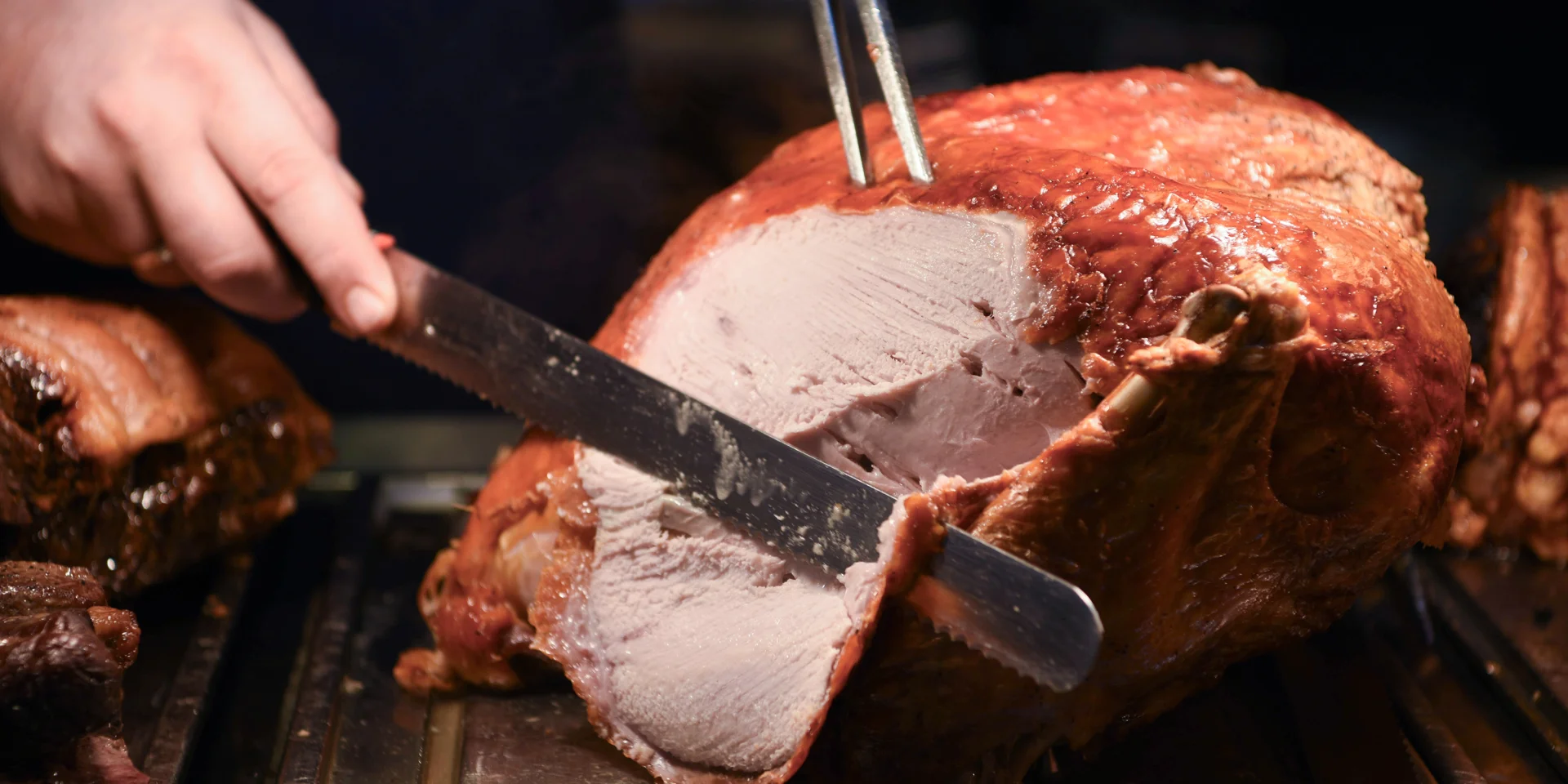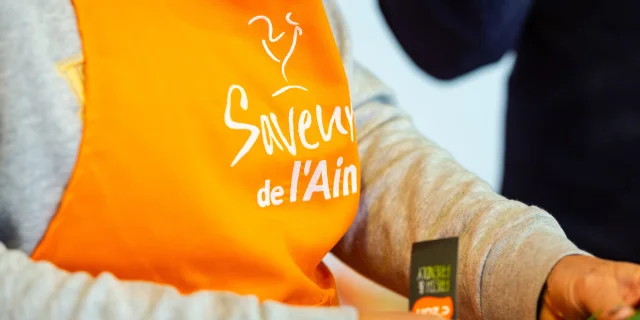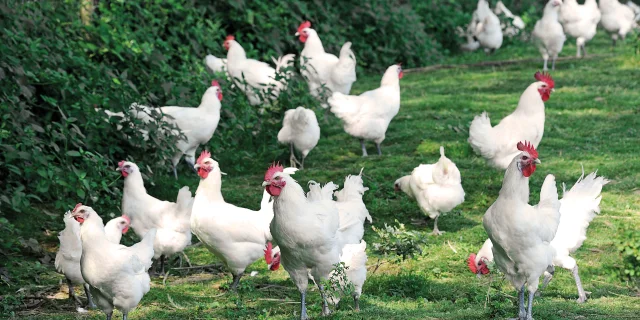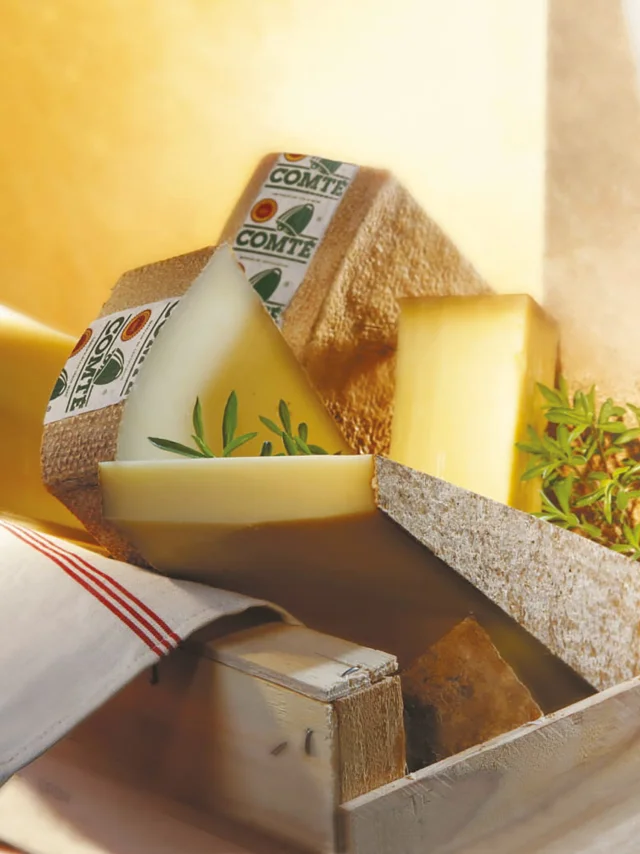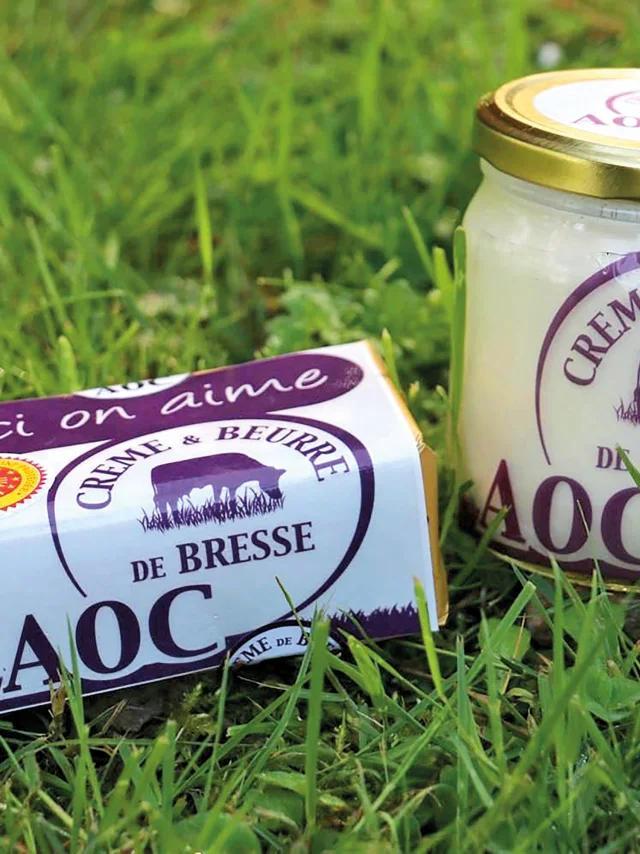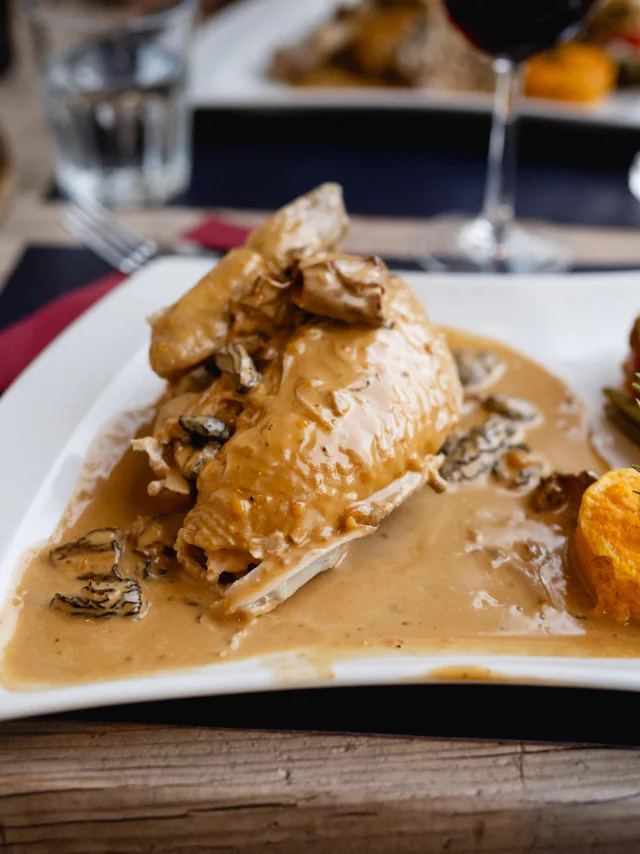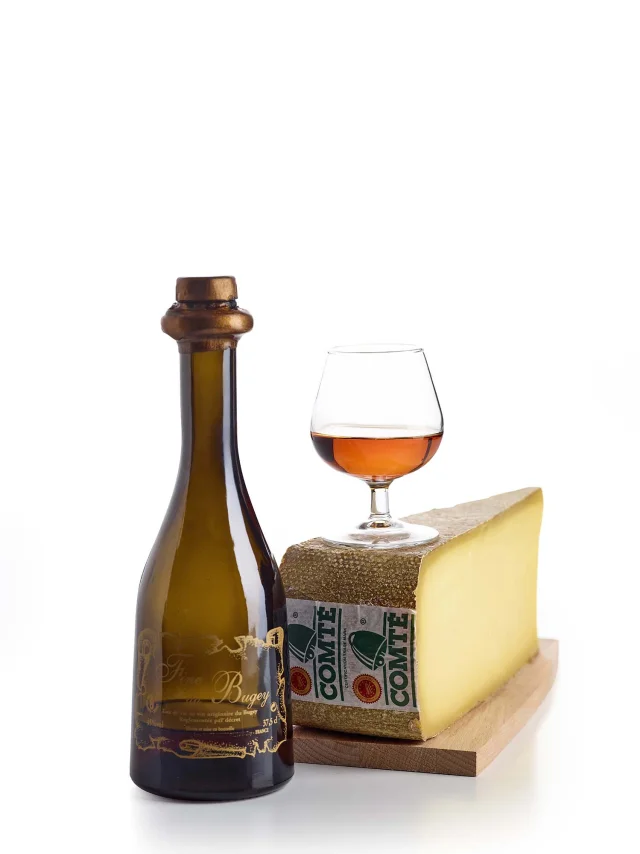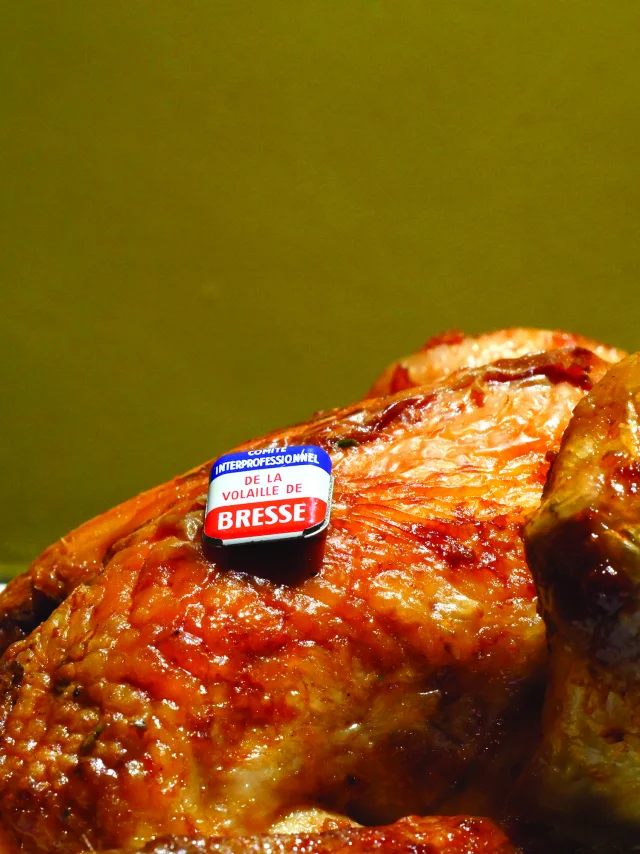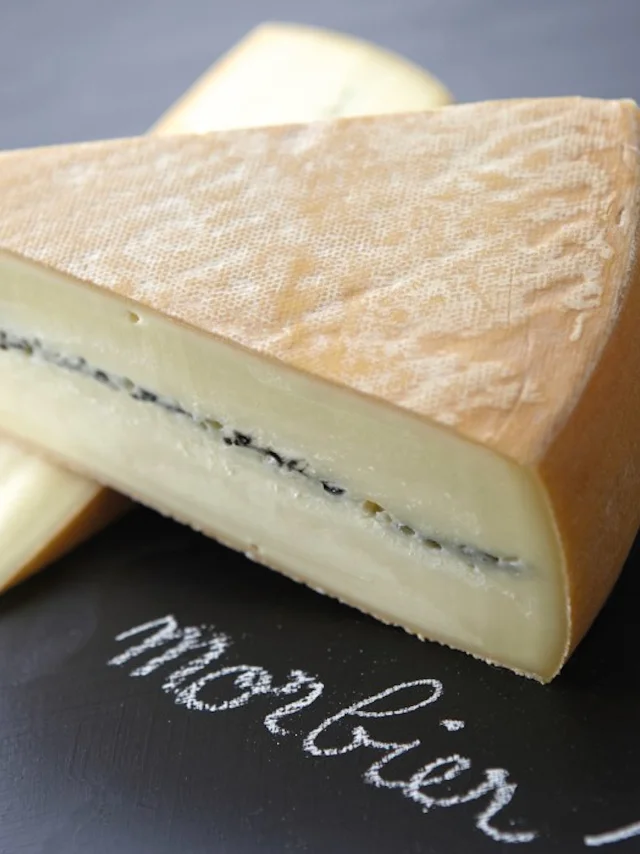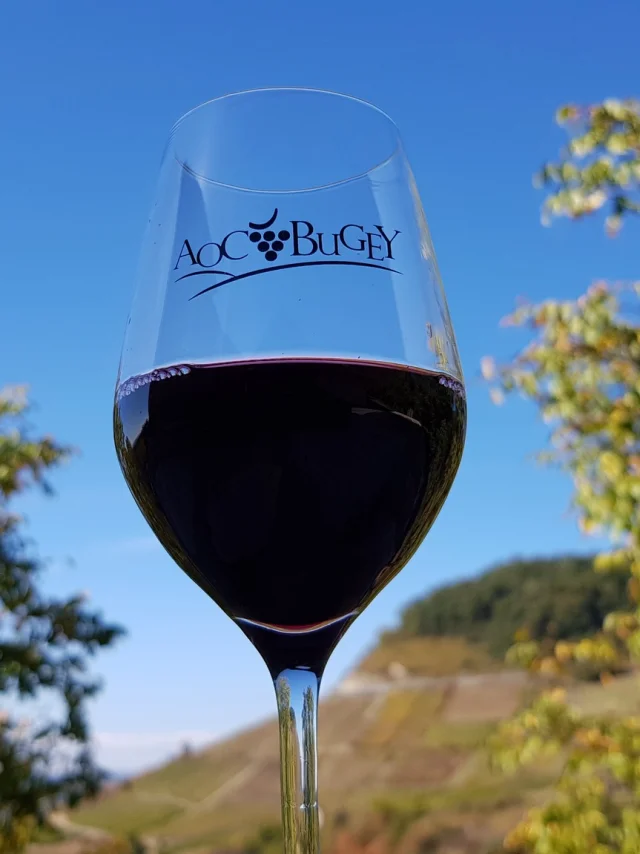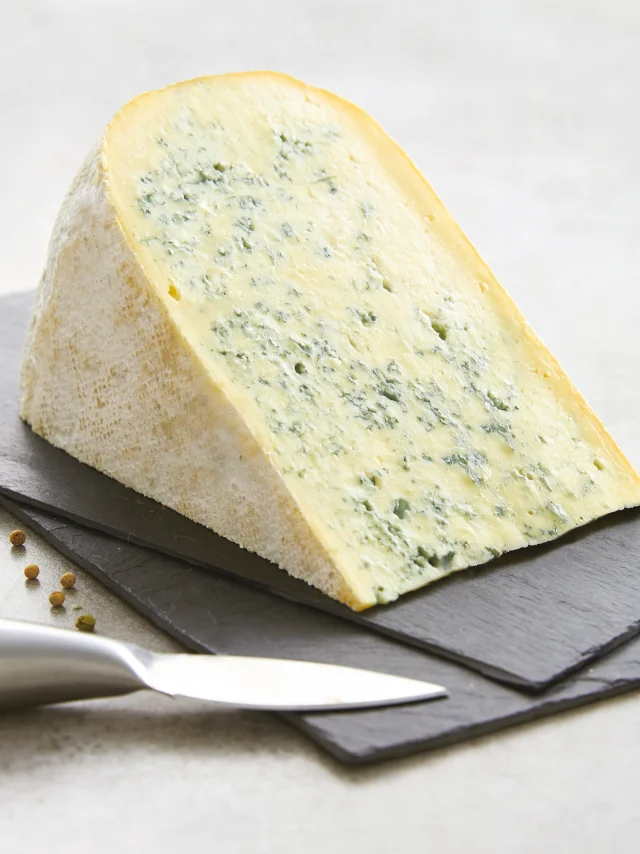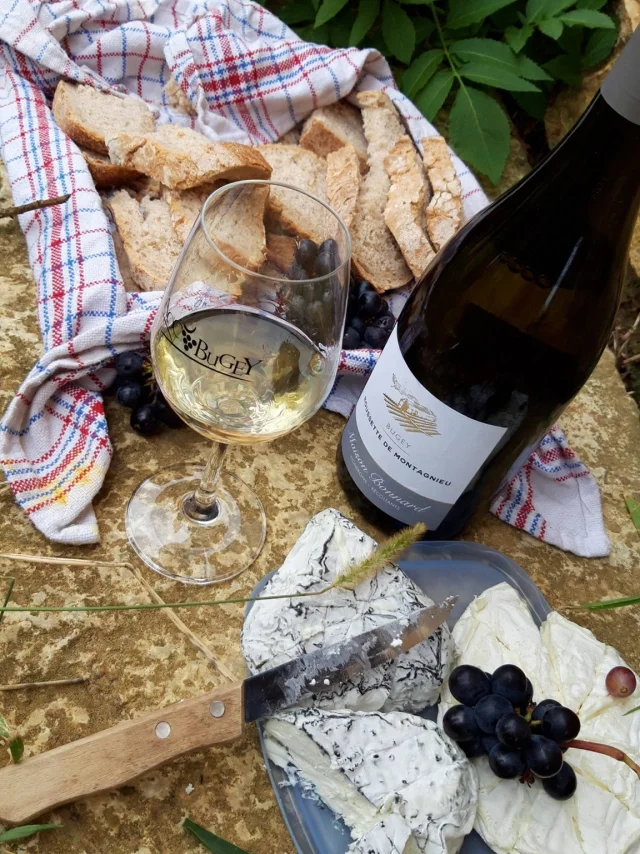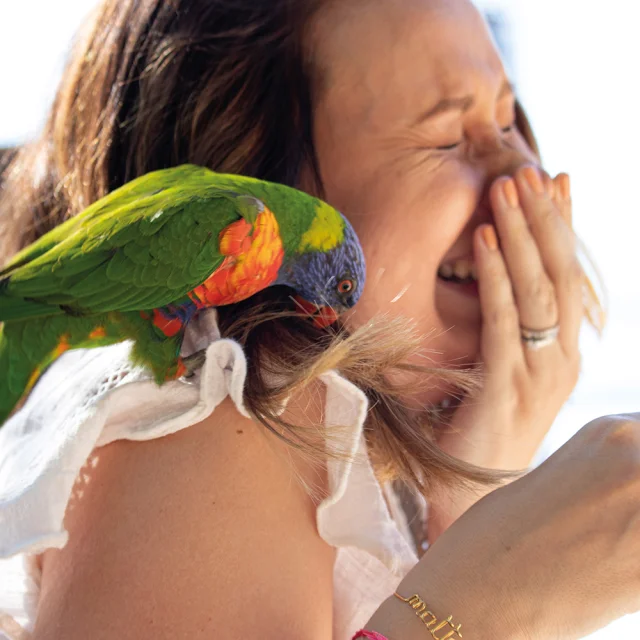Bresse black pearl
Bresse turkey has little in common with its distant American ancestors. Rigorously selected by breeders between Mâcon and Bourg-en Bresse, like the AOP Volaille de Bresse, it benefits from the same artisanal rearing conditions.
A seasonal product, it runs for 7 months on the vast meadows of Bresse. Raised on grain (corn and Bresse cereals) and milk, the Bresse turkey owes its name to its beautiful black plumage. It features a fine, pearly skin and soft flesh.
Bresse turkeys reach maturity in time for Christmas, just in time for the Glorieuses de Bresse.
On holiday tables, it’s a delicacy of choice that will make you forget everything you thought you knew about turkey.
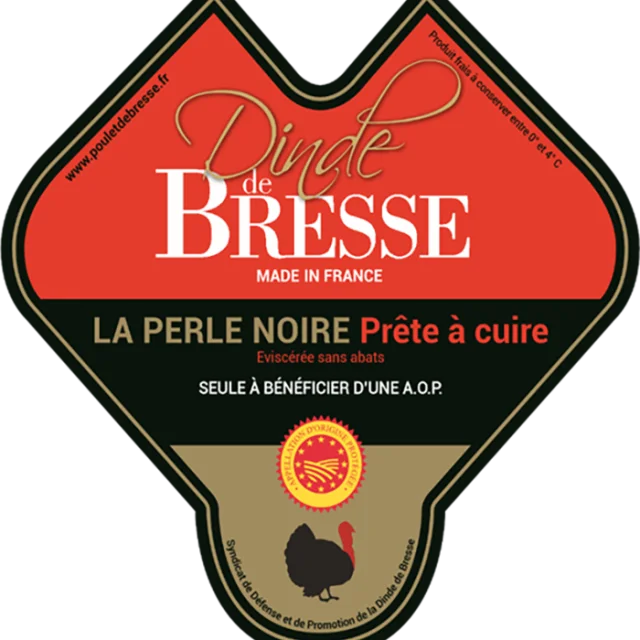 Bresse turkey
Bresse turkey